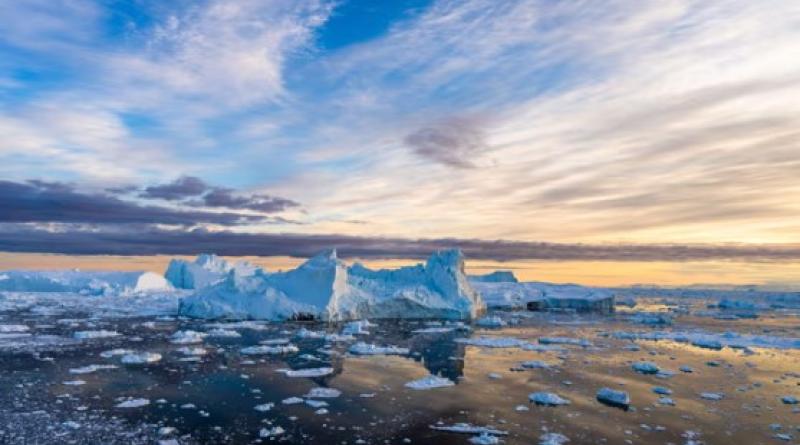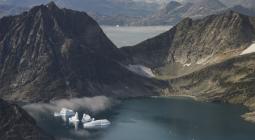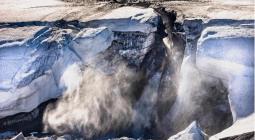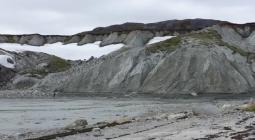At what threshold is Greenland ice cap’s melting irreversible?

Melting of the 3km-thick ice cap is one of the biggest contributors to sea level rise but can be halted
With bigger storms each winter taking ever larger bites out of British beaches and cliffs, the increasing speed of sea level rise is set to make things worse. One of the biggest contributors to the current rise of 3.4mm (0.13in) a year is the Greenland ice cap, which is 3km thick (just under 2 miles) and has the potential to raise sea levels by 7 metres (23ft) if it all melted.
Scientists have been working out at what temperature Greenland’s melting would become irreversible and ensure that large chunks of our islands would disappear beneath the waves.
The threshold, according to a paper in the journal Nature, is between 1.7C and 2.3C above pre-industrial levels. Since we have been exceeding 1.5C for some months this year, and on current projections global temperatures are set to rise by up to 3C this century, we are perilously close to the tipping point.
It will be a fairly gradual process, so there is time to move inland, and there is one cheerful note from the paper: if in the future we managed to get the temperature rise back down to 1.5C the melting would eventually stop again.
Against that, the researchers point out that by the time we would get back down to 1.5C, sea levels would already be 2 or 3 metres higher than now.
Photograph: Ulrik Pedersen/NurPhoto/Rex/Shutterstock





